By Air
Croatia's national air company is Croatia Airlines.
Via direct flights it connects Croatia with a great number of European destinations: Amsterdam, Athens, Barcelona, Belgrade, Brussels, Bucharest, Copenhagen,Frankfurt, Helsinki, Lisabon, London, Lyon, Milano, Munich, Oslo, Paris, Prague, Priština, Rome, St. Petersburg, Sarajevo, Skopje, Stockholm, Vienna, Zurich. In cooperation with other air companies it connects Croatia with the whole world.
Airport Zagreb:
Franjo Tuđman Airport, p.p. 40, 10150 Zagreb
Tel: 060 320-320 for calls within the national network / +385 1 4562170 for calls outside Croatia
Fax: +385 (0)1 6265 648
Info counter is located on Level 2 / Departures
Web: www.zagreb-airport.hr
Croatia Airlines:
Tel: +385 1 66 76 555
Web: www.croatiaairlines.com
Transportation from airport to the city center
By bus
Once you’ve arrived at Zagreb Airport, you can take the bus of Pleso Transport Company in the direction of Zagreb. The shuttle bus is operating in both directions between the airport (Zračna luka) and bus station (Autobusni Kolodvor) of Zagreb. Travel time between the two places is 30 minutes. This shuttle service operates in scheduled intervals up to 8 PM each day, every 30 minutes. After 8 PM, buses operate in accordance with aircraft landing times at Franjo Tuđman Airport. The bus station in Zagreb is a 15 minute walk from the main railway station and 20 minutes by foot from the city centre.
The scheduled airport shuttle "Pleso prijevoz" is operating between the Airport and the Zagreb Central Bus Terminal
Timetable:
http://www.plesoprijevoz.hr/en/page/timetable
Price:
One-way ticket costs 30,00 Kn.
Daily two-way ticket costs 40,00 Kn.
By taxi
The taxi stand for arriving passengers will be available at the Passenger Terminal, located in the vicinity of the Ground Floor, Arrivals level of the Terminal.
Please follow signs for Taxi.
Average price from the airport to the Zagreb downtown is cca 200,00 HRK (cca 25 EUR) for 1-3 passengers.
By Car
Rent-a-car service available at the Franjo Tuđman airport:
Active, Alamo, National, Enterprise, AutoRent, Avant, Avis & Budget, Car-rental.hr, CARWIZ, Dollar & Thrifty, Europcar, Fleet, Goldcar & Rhodium, Hertz, Last Minute, M.A.C.K., Nova & Right cars, Oryx, Ride Car, SIXT, UniRent
Croatia is well connected with its inland as well as with the rest of Europe. It is recommended to respect the laws that regulate the traffic. They do not differ significantly from the traffic regulations in other European countries. However, it is important to mention the major ones: driving with the lights on during day and night is compulsory as well as the use of the safety belt. The use of the mobile phone while driving is strongly forbidden except for the handsfree device. The maximum allowed quantity of alcohol is 0,5‰ except in cases of an offence. In that case it is treated as a separate criminal offence. To enter Croatia, a driver’s licence, an automobile registration card and vehicle insurance documents are required. An international driving licence is required for the use of rent-a-car services. The permit is issued by the parent motor-club.
Speed limits:
Towns and cities – max. 50 km/h
Local roads out of town max. 90 km/h
Motorways max. 130 km/h for motors and cars
Motorways max. 80 km/h for vehicles pulling trailers and for coaches with or without a smaller trailer
24h Breakdown service dial number: 1987
During the whole year petrol stations are open from 7:00 to 20:00. However, during the tourist season they are open 24h a day in all the major cities. Every petrol station offers Eurosuper 95, Super 95, Super 98, Super plus 98, Euro Diesel and Diesel and in better equipped petrol stations consumers can buy liquid gas and Bio Diesel.
Pay-toll is paid according to the number of passed kilometres and according to the vehicle's category. At the toll you can pay cash or by credit card like AMERICAN EXPRESS, DINERS, MASTER CARD, MAESTRO and VISA.
More information:
Traffic and road conditions: www.hak.hr
Maps and route planner, travel guides: www.viamichelin.com
Croatian Motorways: www.hac.hr
By Coach
Croatia is connected with its neighbouring countries and the majority of central and western European countries through regular international coach lines.
More information:
Zagreb Bus Station: www.akz.hr
Welcome to Zagreb
Zagreb – city with a million hearts
The city of Zagreb, capital of Croatia, on the historic and political threshold between East and West, illustrates both the continental and Mediterranean spirit of the nation it spearheads. Zagreb is the cultural, scientific, economic, political and administrative centre of the Republic of Croatia, and is home to the Croatian Parliament, Government and President. Its favourable location between the Pannonian plain, the edge of the Alps and the Dinaric range has allowed it to become a crossing point for mass international communication.
The city is protected from the cold northern winds by the mountain of Medvednica and opens up to the rest of the world thanks to a spacious plain and the Sava river. Zagreb, with a population of nearly one million, contains almost a quarter of the entire population of Croatia. Over the centuries, the city was inhabited by people coming from all over Europe; and, in recent years, by people coming from different parts of Croatia, ensuring a rich cultural life. Zagreb is a safe city whose doors are always open; a city with a tumultuous history teeming with interesting personalities;
a city that warmly invites all those who wish to get to know it, and a city that will surely fulfil your expectations. In this city, you can easily meet remarkable people, make new friends and enjoy special moments. The façades of Zagreb’s buildings reflect the ebb and flow of history, while its streets and squares bear witness to the coming together of the many cultures that have shaped the identity of this laid-back capital. The best thing to do is when you first arrive is to take in Zagreb’s wonderful atmosphere, which, as many claim, is only surpassed by the legendary beauty of the local womenfolk.
The two hills of Zagreb
Zagreb as we know it today, which is to say its historical centre, dates back to the Middle Ages, and the settlements on two hills: secular Gradec, today known as the Upper Town; and ecclesiastical Kaptol. The first written record of Zagreb dates back to 1094 when the Hungarian king Ladislav established the Kaptol diocese on his way to the Adriatic Sea. The Zagreb Cathedral still dominates the skyline with its neo-Gothic style, while the Renaissance walls surrounding it are rare preserved examples of their kind in this part of Europe.
During the Mongol invasions of central Europe another historic event occurred here, and one that would greatly impact on Gradec, the other half of Zagreb’s core. In the mid-13th century the Tatars ravaged Hungary and their king Béla IV fled to Zagreb where its citizens provided him with a refuge. In gratitude, in 1242 Béla gave Gradec a charter proclaiming it a free royal city. His generosity is symbolically re-enacted every day by the blasting of the cannon at noon from the Lotrščak tower overlooking central Zagreb. In the Middle Ages bells were sounded to warn the citizens to return to the fort as the gates to the city were about to be closed and locked. The only gate preserved from the Middle Ages, Kamenita vrata, was burned down in the first half of the 18th century. Miraculously, the only thing saved in the fire was an icon of the Virgin Mary that still occupies its prime spot in the wall.
Our Lady of Kamenita Vrata is celebrated as the patron saint of Zagreb and her feast is on the 31st of May when a ceremonial procession is organised. The occasion is also used as the City of Zagreb Day. The two hills, adversaries in the Middle Ages, were separated by the Medveščak creek and its mills. The creek valley sat along the present-day street of Tkalčićeva and it still runs underneath it, out towards the river Sava. In time, the threats of attack subsided and the city started to spread out around the valley. A trading centre below the two settlements evolved into what is now the main square of Ban Josip Jelačić. This is the heart of the city and a meeting point for all Zagreb citizens. There is also a legend of how the city was named. On a sunny day, a brave governor, exhausted and thirsty from battle, asked a girl named Manda to ladle (zagrabiti) him out some water from the spring. This became Manduševac and the city became Zagreb.
Lounge culture
Zagreb can be described as a city with the biggest lounge. The moment the sun appears in the sky in spring, restaurant, café and coffeehouse terraces open for custom. Streets become promenades, places to get a cup of coffee, relax or have a business meeting. A combination of Mediterranean cordiality and northern business sense make any visitor feel welcome. The traditional International Folklore Festival, the global festival of street performers Cest is d’Best, outdoor summer concerts on Zrinjevac, St. Martin’s Day and many other open-air events increase the feeling of communality.
Lounging in cafés has been a long tradition in this city. The Zagreb Green Horseshoe and the main square of Ban Josip Jelačić have always been hubs of social life in Zagreb. Nowadays, this has spread across the whole city centre, around the pedestrianised zone and even further. People from all walks of life can find something of interest here. Cafés around Ban Jelačić, or simply ‘Square’ as it is often referred to, attract prominent figures. Preradović, also known as Flower Square, is loved by artists and young people, as well as an older crowd. Tkalčićeva, once the border between Gradec and Kaptol, used to be full of pubs and served as the red-light district, but nowadays it is a trendy destination for rendezvous and relaxation for the whole family.
The romantic among you can take the funicular on Ilica, the shortest one in the world used for public transportation – you’ll reach the Upper Town in 55 seconds. All of these locations form part of the phenomenon known as špica. Every Saturday around noon people of all ages come to the centre because that is the time and place to see and be seen. The ritual is always the same: people slowly sip coffee, read the Saturday papers, stop off at Dolac market to pick up fresh produce and then go home to prepare lunch. In every neighbourhood, there is a favourite meeting place where regulars feel welcome and where everybody knows your name.
Flavours, colours and smells
The gastronomic selection in Zagreb comprises a rich combination of many cuisines. History and geography have had a great impact on menus here. Although the people of Zagreb gladly cook at home, there are many places in town where you can find specialities of inland Croatia as well as Mediterranean and international cuisine. Štrukli is one of the authentic dishes anyone in Zagreb would recommend. There are several different ways of preparation so it can be cooked or baked, sweet or salty. Turkey with mlinci pasta strips is one of the traditional meals of inland Croatia.
There is also Zagreb steak, a piece of fried veal filled with cheese and ham, somewhat similar to its renowned Vienna counterpart.
For breakfast you should try fresh cream with cheese bought directly from the producer, the so-called Kumica, from villages around Zagreb. Another feature of the city are its open-air food markets.
Almost every neighbourhood has one but the Dolac, near the Cathedral, is the best known. This is where producers sell fresh fruit and vegetables, meat and fish daily. The Dolac is a unique place, the so-called ‘The Belly of Zagreb’, where lovers of good food come to find seasonal products from all parts of Croatia. There you will encounter a mass of colours, smells and sounds. During the day eateries by the market offer cheap, fast, home-made dishes. There are cake shops and bakeries on every corner.
We recommend you visit one of the numerous restaurants that offer regional cuisine. You should certainly try Zagreb strudel with apples, cheese or cherries, and there is also kremšnita, the most famous cream cake made in the nearby town of Samobor. We should not leave without mentioning the praised wines made from grapes grown near Zagreb. Even though beer is the most popular drink, wine has always been very important in Zagreb, and proof is in the celebration of St. Martin’s Day. The holiday of this patron saint of wine falls on the 11th of November.
From Zagreb with love
An original souvenir from a visit to Zagreb is a tie, a must-have item of clothing in the business world and an authentic Croatian product. In the 17th century Croatian soldiers used to tie elegant scarves around their necks, a fashion later picked up by the French –the rest is history. One of the most important inventions of the 20th century, the fountain pen, was actually designed in Zagreb. Its inventor, engineer Eduard Slavoljub Penkala, patented the world’s first mechanical pencil in 1906 and in 1907 he patented the first fountain pen. He produced them in Zagreb and exported them to 70 countries around the world.
This pioneer of modern times has about 80 inventions to his name, even some in the field of aeronautics. In 1910, only a couple of years after the Wright Brothers, Penkala designed Croatia’s first aeroplane.
The aromatic biscuit paprenjak, once made by the women of old Zagreb, is another original souvenir. It is an unusual combination of honey, walnuts and pepper and a reminder of the contrasts we find in Zagreb. The licitar, a traditional, colourfully adorned biscuit made from honey dough, originates from central Croatia and the lowlands. As it is heart-shaped, it should be given as a symbol of love and affection for special occasions.
Red Šestine umbrellas, a part of traditional local attire, protect the traders at the Dolac market from sun and rain. They too form a prominent part of the city’s identity. For those interested in antiques and works of art, there is a market every weekend at Britanski trg. Zagreb is a city where you can browse in small traditional shops or at contemporary boutiques on the most famous street in the city, Ilica – or look for something in the main shopping malls. Zagreb is a city that always holds a special place in the hearts of those who visit it.
ZAGREB PUBLIC TRANSPORTATION
http://www.likecroatia.com/travel-info/public-transportation-zagreb/
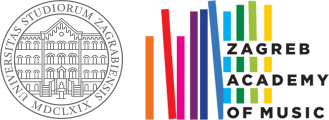
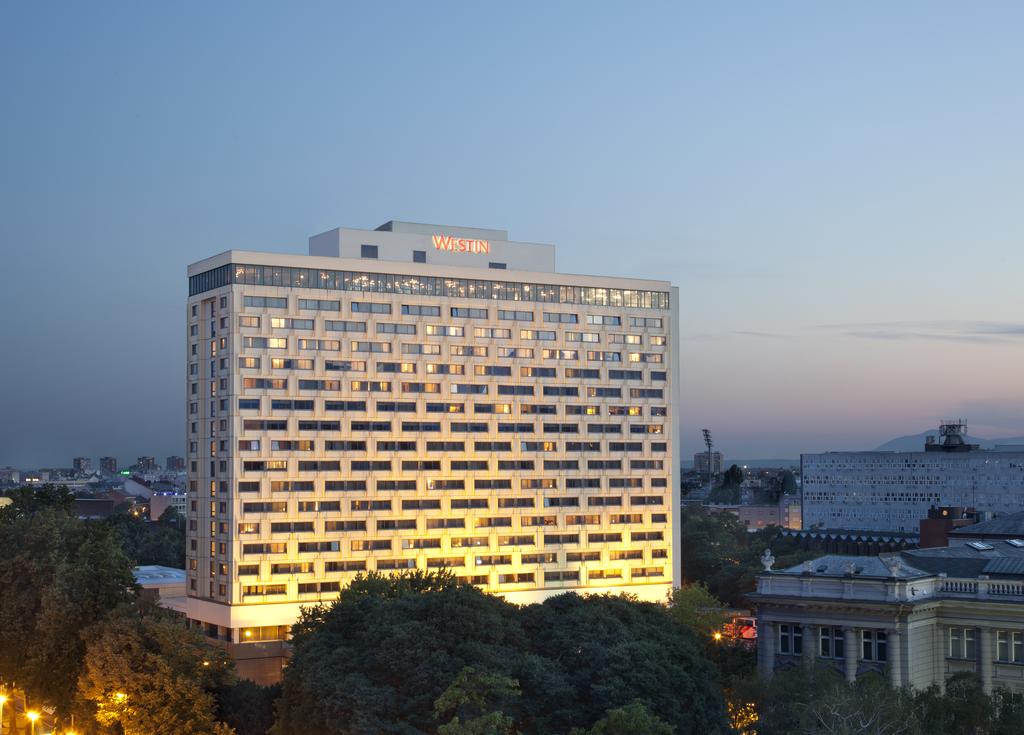

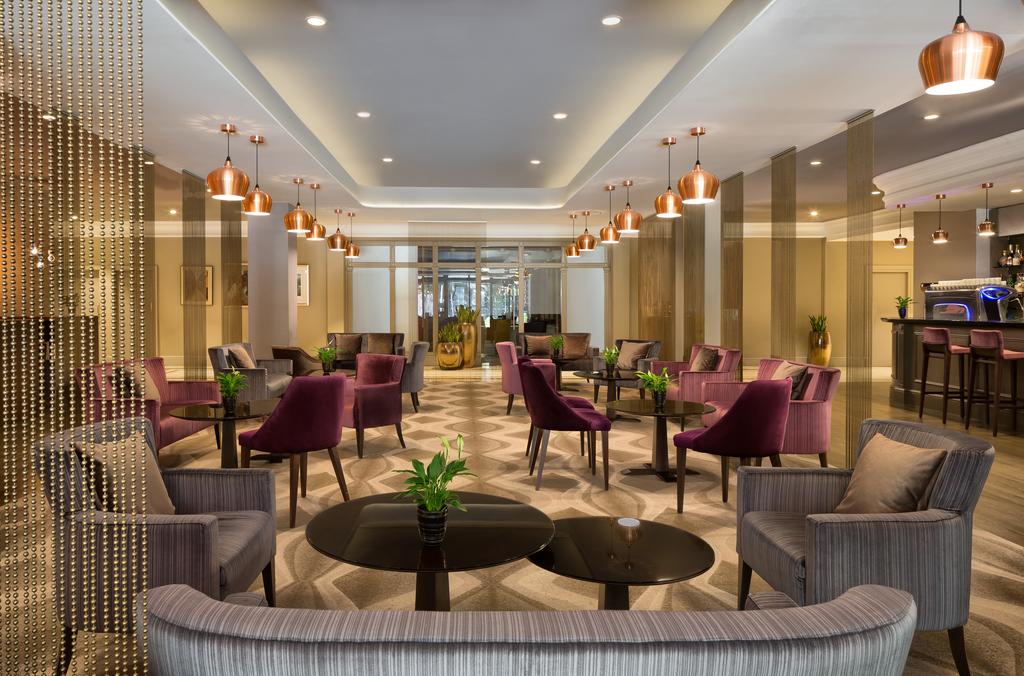
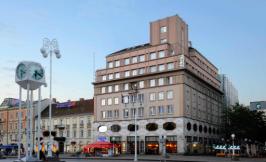
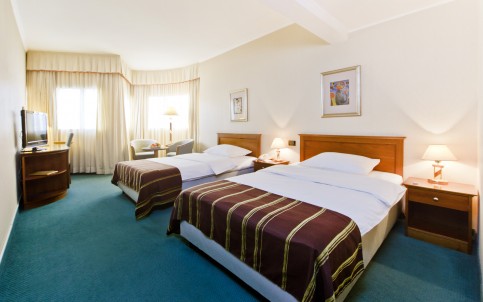
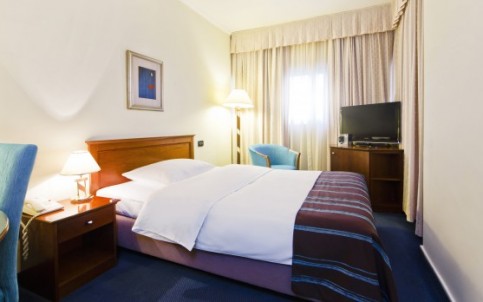
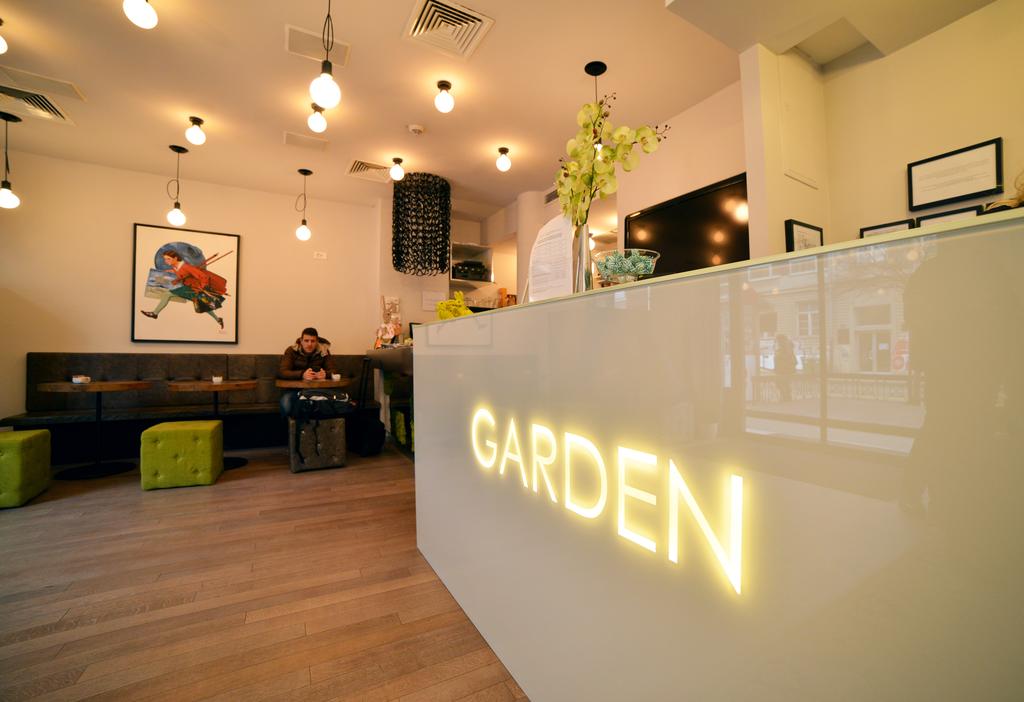

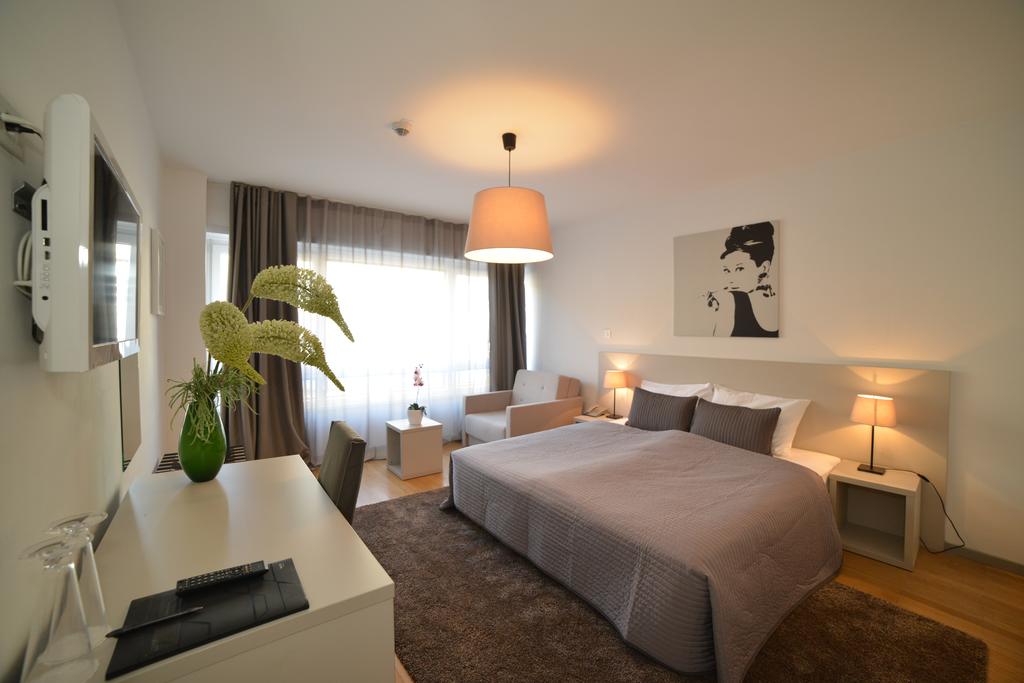
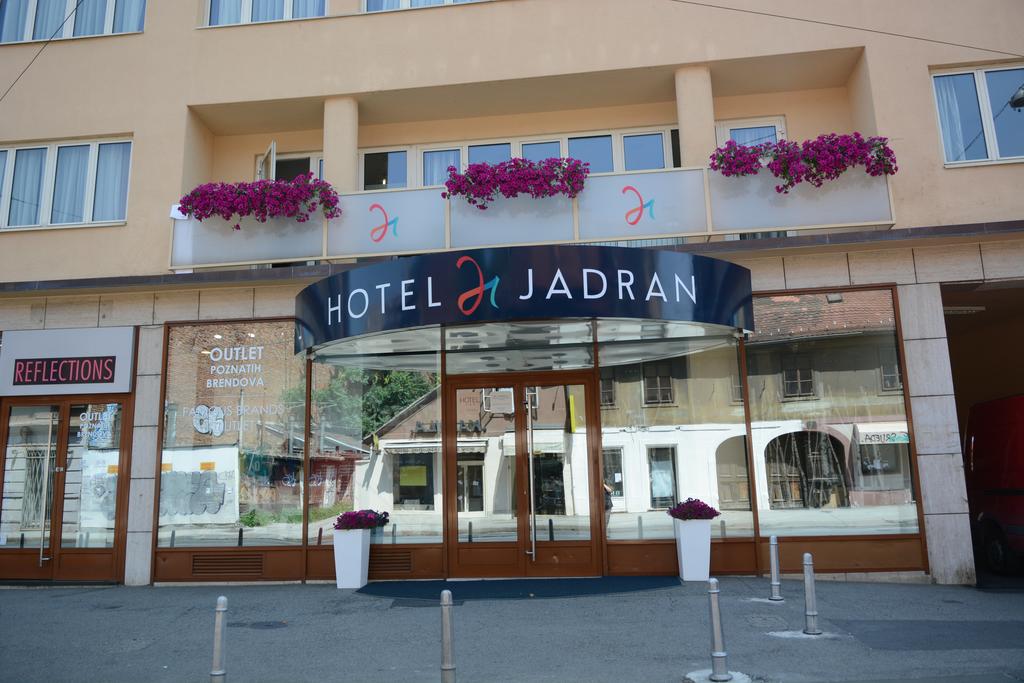
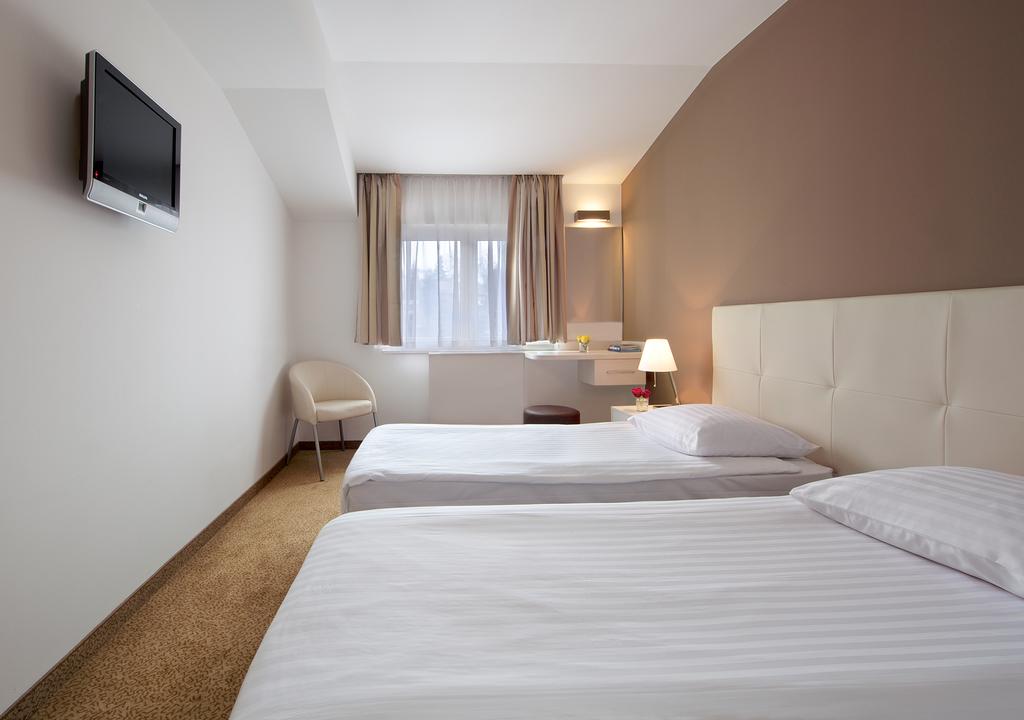
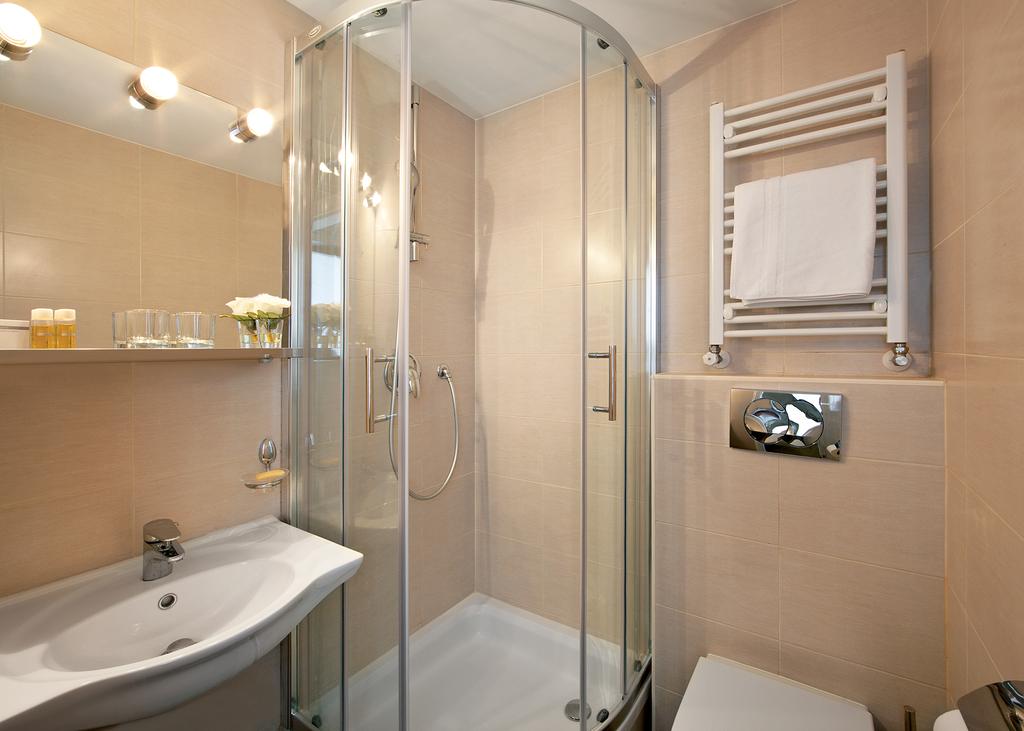
 Necktie
Necktie 


 Dalmatian dogs originate from Dalmatian Riviera, they were “spotted” in a 17th Century oil painting in monastery in Dalmatia – this is thought to be the first record of the infamous pooch.
Dalmatian dogs originate from Dalmatian Riviera, they were “spotted” in a 17th Century oil painting in monastery in Dalmatia – this is thought to be the first record of the infamous pooch. The Amphitheatre in Pula is one of only 3 preserved in the world, which was once the site of gladiator fights. Built in the 1st century AD during the reign of Emperor Vespasian, it is the 6th largest amphitheatre in existence.
The Amphitheatre in Pula is one of only 3 preserved in the world, which was once the site of gladiator fights. Built in the 1st century AD during the reign of Emperor Vespasian, it is the 6th largest amphitheatre in existence. One of the most famous beaches in Europe is located only a short boat ride away from Split. Zlatni Rat (Golden Cape) is a narrow white pebble beach on a promontory near Bol, a small willage in the island of Brač. The unique shape of the beach shifts with the changes in tide, currents and wind, veering out 634 metres into the sea. It's a premier site for wind surfing.
One of the most famous beaches in Europe is located only a short boat ride away from Split. Zlatni Rat (Golden Cape) is a narrow white pebble beach on a promontory near Bol, a small willage in the island of Brač. The unique shape of the beach shifts with the changes in tide, currents and wind, veering out 634 metres into the sea. It's a premier site for wind surfing. Kornati archipelago is the densest archipelago in the Mediterranean Sea. It is located in the northern part of Dalmatia, south from Zadar and west from Šibenik, and north from Split. It consists of 140 islands, some large, some small, in a sea area of about 320 square kilometers. From northwest to southeast they strech for 13 kilometres. It is one of the most popular nautical tourist spots in the Adriatic.
Kornati archipelago is the densest archipelago in the Mediterranean Sea. It is located in the northern part of Dalmatia, south from Zadar and west from Šibenik, and north from Split. It consists of 140 islands, some large, some small, in a sea area of about 320 square kilometers. From northwest to southeast they strech for 13 kilometres. It is one of the most popular nautical tourist spots in the Adriatic.